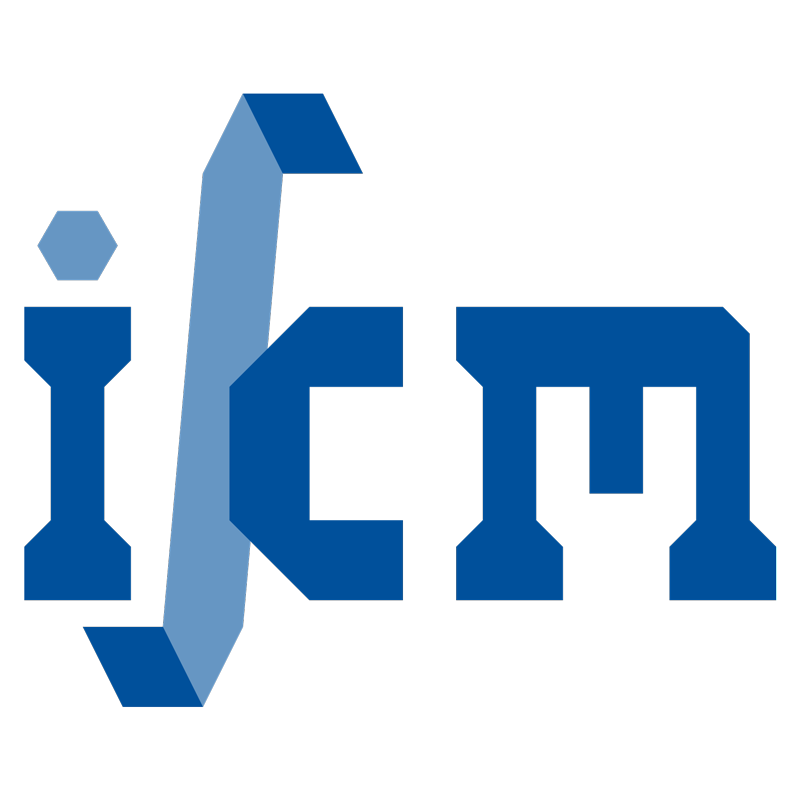Efficient machine-learning based interatomic potentialsfor exploring thermal conductivity in two-dimensional materials
- authored by
- Bohayra Mortazavi, Evgeny V. Podryabinkin, Ivan S Novikov, Stephan Roche, Timon Rabczuk, Xiaoying Zhuang, Alexander V. Shapeev
- Abstract
It is well-known that the calculation of thermal conductivity using classical molecular dynamics (MD) simulations strongly depends on the choice of the appropriate interatomic potentials. As proven for the case of graphene, while most of the available interatomic potentials estimate the structural and elastic constants with high accuracy, when employed to predict the lattice thermal conductivity they however lead to a variation of predictions by one order of magnitude. Here we present our results on using machine-learning interatomic potentials (MLIPs) passively fitted to computationally inexpensive ab-initio molecular dynamics trajectories without any tuning or optimizing of hyperparameters. These first-attempt potentials could reproduce the phononic properties of different two-dimensional (2D) materials obtained using density functional theory (DFT) simulations. To illustrate the efficiency of the trained MLIPs, we consider polyaniline C
3N nanosheets. C
3N monolayer was selected because the classical MD and different first-principles results contradict each other, resulting in a scientific dilemma. It is shown that the predicted thermal conductivity of 418 ± 20 W mK
−
1 for C
3N monolayer by the non-equilibrium MD simulations on the basis of a first-attempt MLIP evidences an improved accuracy when compared with the commonly employed MD models. Moreover, MLIP-based prediction can be considered as a solution to the debated reports in the literature. This study highlights that passively fitted MLIPs can be effectively employed as versatile and efficient tools to obtain accurate estimations of thermal conductivities of complex materials using classical MD simulations. In response to remarkable growth of 2D materials family, the devised modeling methodology could play a fundamental role to predict the thermal conductivity.
- Organisation(s)
-
Institute of Continuum Mechanics
- External Organisation(s)
-
Catalan Institution for Research and Advanced Studies (ICREA)
Tongji University
Skolkovo Innovation Center
Autonomous University of Barcelona (UAB)
- Type
- Article
- Journal
- Journal of Physics: Materials
- Volume
- 3
- Pages
- 02LT02
- Publication date
- 09.04.2020
- Publication status
- Published
- ASJC Scopus subject areas
- Condensed Matter Physics, Atomic and Molecular Physics, and Optics, General Materials Science
- Electronic version(s)
-
https://doi.org/10.1088/2515-7639/ab7cbb (Access:
Open)
-
Details in the research portal "Research@Leibniz University"


